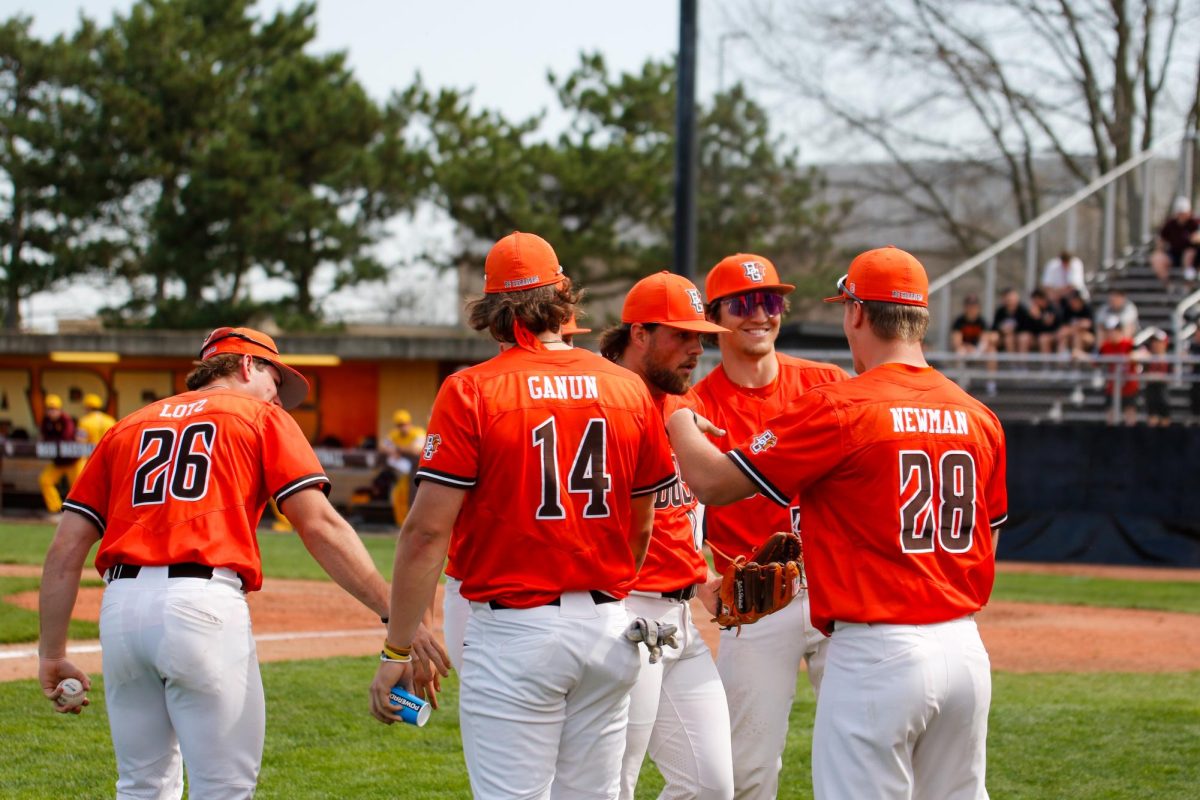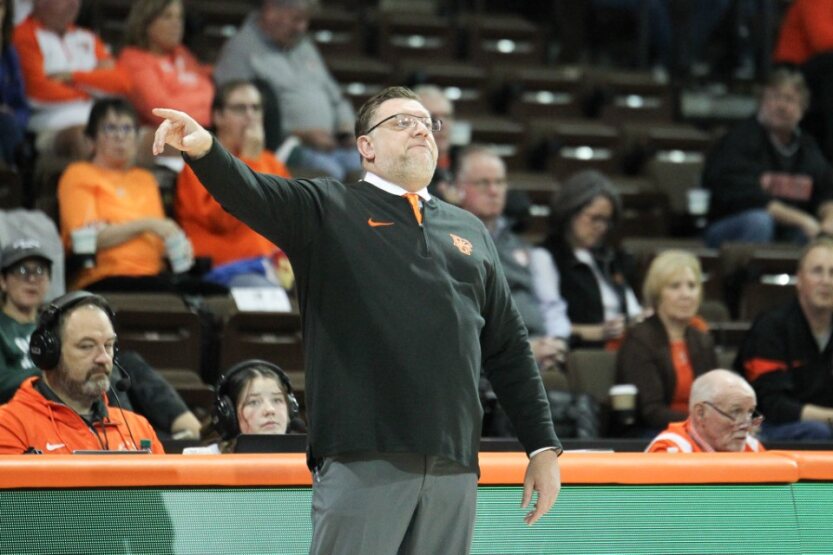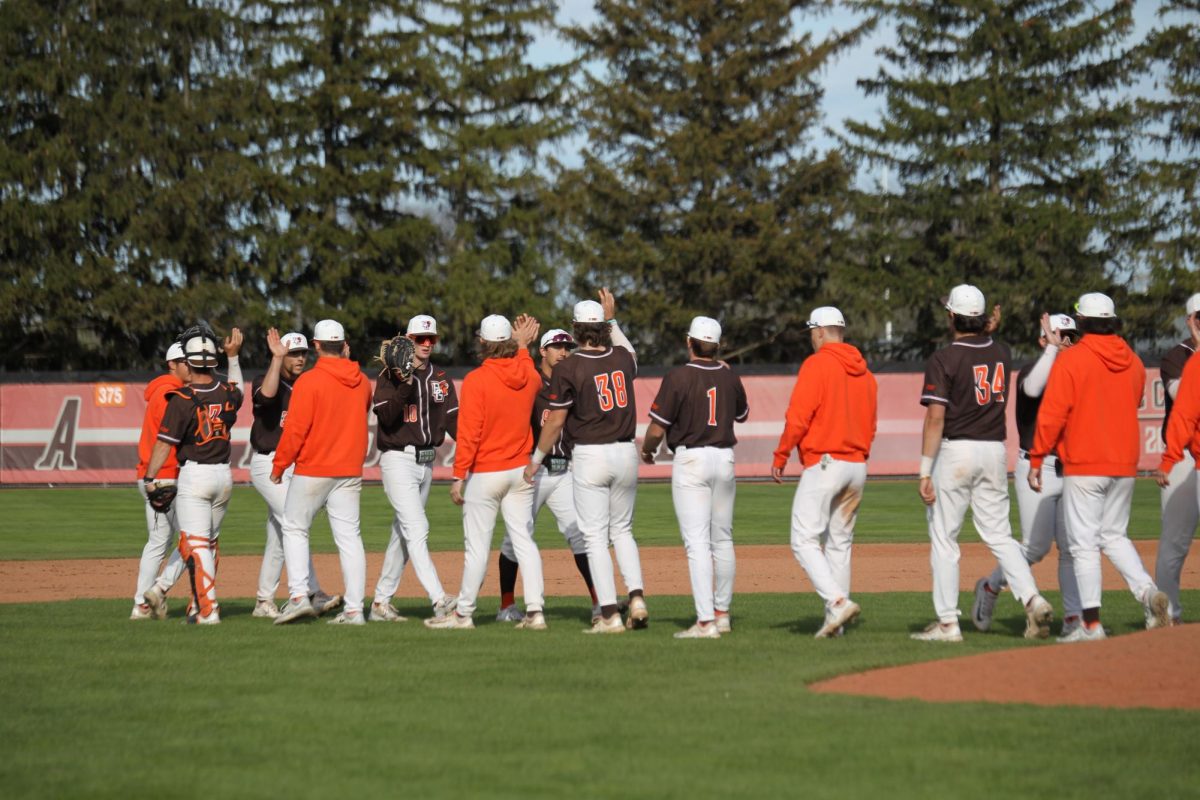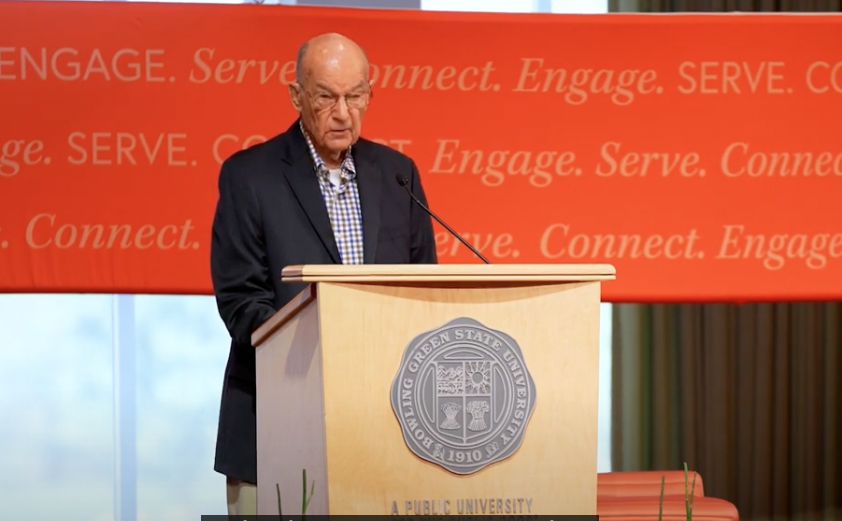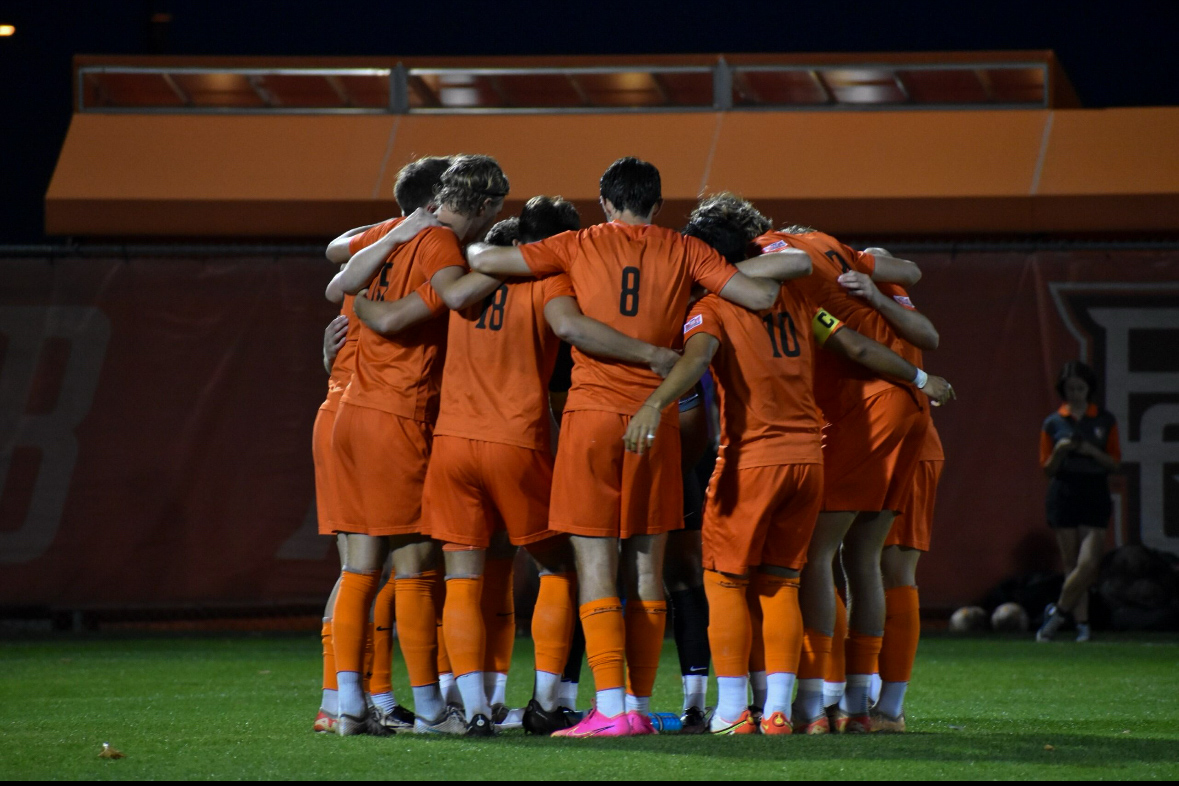Brian Contris is in the killing business, and business is good.
As vice president and manager of Pioneer Packing Company Inc. his main duties include buying hogs for slaughter and selling the meat afterward.
“I like it up here because it’s a lot cleaner,” he said.
“Up here” is the front office at Pioneer Packing and is only about 30 feet away from where the real action goes down.
From stuffed toys, figurines and wind chimes to a framed poster reading, “Hogs are beautiful” one might get the impression that this is a pig sanctuary rather than a slaughterhouse.
Some might shudder at the thought of killing for a living but Contris has been around it his whole life. His family bought Pioneer Packing in the ’70s and he has been stopping by ever since he was a child.
After dawning a hair net and maroon lab coat, Contris began his many jobs he has held at the slaughterhouse.
First up was the room aptly titled “the kill floor.” Despite the messy activities that take place there, it’s actually very clean. Workers use hoses to spray down floors and equipment on a regular basis.
Before anything can happen the hogs must be immobilized. Contris explained that once the hogs are restrained they are stunned with 800 volts of electricity.
“After the hogs have been stunned they’re totally unconscious; they can’t feel a thing,” Contris said.
The next part was up-front and center. After they’ve been stunned the hogs are hooked through their back legs and hung upside down on a conveyor line. While all the hogs remained motionless, Contris said it is not uncommon for muscle spasms to occur, causing the hogs to seem conscious.
Next, a worker standing on a platform severs the jugular. The hog drains at the “bleed station” for about 30 seconds before moving to the next station.
Still hanging on the conveyor, workers skin and gut the hog. At this point a USDA inspector checks all of the guts as well as the carcass.
“100 percent of our product is inspected by the USDA,” Contris explained. “We have people here 24-7 looking over us like Big Brother.”
The meat that passes inspection is checked for hair one last time, washed and sent to the de-boning room. Meat that fails inspection is put in with other extra parts and sold for use in pet food and makeup, as well as many other uses.
In the de-boning room, meat is cut into smaller portions and sent down a conveyor belt. Standing on either side of the belt are about a dozen workers who trim off the fat and excess pieces of meat.
The extra parts from the de-boning process are collected and ground up before being sold for sausage making. Once separated by cut, the meat is stored in a giant cooler until it can be shipped later that day.
Very few machines are used throughout the entire process. Aside from the conveyor line, a machine that pulls off the hide, the grinder and the saw they use to cut the large pieces of meat, everything is done by hand.
Though some may view Contris’ line of work as barbaric and unnecessary he defends it.
“A majority of America’s population does eat meat,” he said. “We understand people’s concerns, but it is our way of life.”






